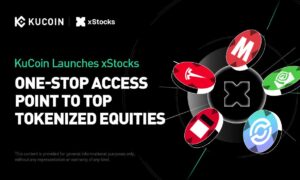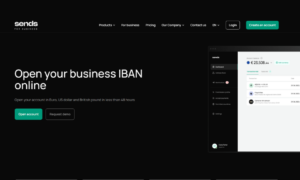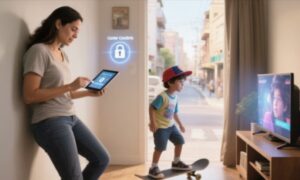Since its launch in February 2016, the Peruvian mobile money wallet BIM has achieved important milestones and was called the world’s first fully-interoperable national mobile money platform. Let’s see what promising developments are on the horizon for this small Andean country.
BIM recently announced its plans to launch new services in the second half of 2017. It will enable customers to pay electricity, water and telephone bills, as well as have access to micro savings, loans, and microinsurance.
According to Miguel Arce, Commercial Head of Peruvian Digital Payments (PDP, the company that operates BIM) about 400,000 Peruvians already use its service, with the adoption rate growing by 20,000 new users per month. March 2017 was closed with 140,000 transactions, and April with 200,000 recorded to the date, that demonstrates stable and sustained growth and uptake.
Starting next semester, mobile wallet users will also have access to microcredit, microinsurance and micro-savings – financial services of small amounts and small costs. Arce says that microinsurance will be covered by all insurers in the country, and can be paid on a daily or monthly basis from the cell phone.
BIM is a part of so-called “Peru Model for unbanked”, a project spearheaded by PDP, a new service provider established in July 2015 by Peru’s government, financial institutions, telcos, and other stakeholders. PDP is co-owned by the Association of Banks of Peru (ASBANC), its member banks and electronic money issuers. PDP developed the shared infrastructure for the mobile money service, while Ericsson provided technology platform that powers it.
Lessons learned
Nowadays there are 23 financial entities connected to the system, including Banco de la Nación, the biggest bank in the country, all telcos and mobile operators in Peru. The number of transactions are increasing by 30% each month, says Arce, and it is expected that they will reach one million by the end of this year.
After an eight-month pilot, PDP ran a test B2B program focused on the agents’ distribution network with results suggesting to resolve existing problems before the project will be massified. It was found that there is a strong need to connect agents online and provide alternative methods to collect cash, as businesses are not willing to visit agents each time to make deposits.
Advertising campaign does not work
Another point of the PDP research was to stop spending budget on national advertising campaigns since it was not as cost-effective as expected. The company developed a new promotion program instead, based on a multi-level rewards strategy that generates incentives for users – depending on their usage level, users can now be upgraded to super-users. As a result, the loyalty program turned out to be more beneficial so the company decided to freeze their advertising budget for two years more or until reaching the target of one million active users.
Focus outside of rural areas
PDP estimates that it will take two more years to complete the infrastructure layout. At the moment it goes through the integration with the associated banks and agents’ platforms, ATMs and POS terminals. The process must be completed in order to ensure that BIM will be accepted through all channels available in the country.
With the aim of financial inclusion, BIM focused its first pilot directly on providing services in rural areas, however the research study found that it took a lot of time and financial resources to explore rural communities on a first stage. As a result, PDP re-focuses its efforts on peri-urban areas with the eventual migration to rural areas.
Paraguay inspired by BIM
Arce explains that success of Peru’s interoperable mobile money platform has encouraged the Association of Banks of Paraguay (ASOBAN) to explore similar initiatives with the country’s incumbent service provider Tigo Money. In fact, over the last four months PDP has been actively collaborating with ASOBAN exchanging ideas and practices, he says. ASOBAN’s aim is to launch an infrastructure similar to BIM in Paraguay within the next 18 months.
The BIM story, Peru’s first fully-interoperable mobile money platform, will be presented by Miguel Arce at M2Banking & Fintech Latam conference on 18-20 July 2017 in San Francisco. The 3-days event will focus on mobile money, payments and financial innovation in Latin America and will provide interactions with key players of the regional & international fintech community.
The article was originally published by Ana Maria Yumiseva on 25 April 2017 at M2Commerce LATAM News



































